Machine-learning algorithms tuned to detecting cancer DNA in the blood could pave the way for personalized cancer care.
copyright by www.the-scientist.com
Modern cancer medicine is hampered by two big challenges—detecting cancers when they are small and offering cancer patients personalized, dynamic cancer care. To find solutions, several academic labs and biotech firms are turning to artificial intelligence, working to develop machine-learning algorithms that could help decipher weak signals in the blood that can identify cancers at an early stage and indicate whether a cancer is responding to treatment in real time.
“You have to find this needle in a haystack . . . this very weak signal amongst all of the cacophony of everything else happening in the body,” says Dave Issadore , a bioengineer at Pennsylvania State University and founder of Chip Diagnostics, which is developing a machine-learning method to diagnose disease by sequencing extracellular vesicles’ cargo.
So far, machine-learning algorithms designed to detect minute quantities of tumor DNA in a blood sample—the goal of so-called liquid biopsies—have performed well in clinical validation studies, but no self-learning algorithm has yet been approved for clinical use. These have the potential to outperform imaging and tissue biopsies in detecting and monitoring cancers by looking for mutations in DNA, RNA, and proteins directly from the blood.
“I think the dream of liquid biopsy is to, A), detect cancer when there is very little of it, and, B) detect cancers during treatment,” says Dan Landau, a clinical oncologist and researcher at Weill Cornell Medical School in New York. However, in the both contexts, liquid biopsy techniques struggle to accurately detect cancer among the infinitesimally small quantities of tumor nucleic acids in the blood. Although the technique’s performance varies between cancer types, liquid biopsies so far have been able to detect cancer in around half of early-stage patients diagnosed through imaging, giving it a sensitivity of just 50 percent.
Image Credit: The Scientist
News This Week
Advancements and clinical translation of intelligent nanodrugs for breast cancer treatment
A comprehensive review in "Biofunct. Mater." meticulously details the most recent advancements and clinical translation of intelligent nanodrugs for breast cancer treatment. This paper presents an exhaustive overview of subtype-specific nanostrategies, the clinical benefits [...]
It’s Not “All in Your Head”: Scientists Develop Revolutionary Blood Test for Chronic Fatigue Syndrome
A 96% accurate blood test for ME/CFS could transform diagnosis and pave the way for future long COVID detection. Researchers from the University of East Anglia and Oxford Biodynamics have created a highly accurate [...]
How Far Can the Body Go? Scientists Find the Ultimate Limit of Human Endurance
Even the most elite endurance athletes can’t outrun biology. A new study finds that humans hit a metabolic ceiling at about 2.5 times their resting energy burn. When ultra-runners take on races that last [...]
World’s Rivers “Overdosing” on Human Antibiotics, Study Finds
Researchers estimate that approximately 8,500 tons of antibiotics enter river systems each year after passing through the human body and wastewater treatment processes. Rivers spanning millions of kilometers across the globe are contaminated with [...]
Yale Scientists Solve a Century-Old Brain Wave Mystery
Yale scientists traced gamma brain waves to thalamus-cortex interactions. The discovery could reveal how brain rhythms shape perception and disease. For more than a century, scientists have observed rhythmic waves of synchronized neuronal activity [...]
Can introducing peanuts early prevent allergies? Real-world data confirms it helps
New evidence from a large U.S. primary care network shows that early peanut introduction, endorsed in 2015 and 2017 guidelines, was followed by a marked decline in clinician-diagnosed peanut and overall food allergies among [...]
Nanoparticle blueprints reveal path to smarter medicines
Lipid nanoparticles (LNPs) are the delivery vehicles of modern medicine, carrying cancer drugs, gene therapies and vaccines into cells. Until recently, many scientists assumed that all LNPs followed more or less the same blueprint, [...]
How nanomedicine and AI are teaming up to tackle neurodegenerative diseases
When I first realized the scale of the challenge posed by neurodegenerative diseases, such as Alzheimer's, Parkinson's disease and amyotrophic lateral sclerosis (ALS), I felt simultaneously humbled and motivated. These disorders are not caused [...]
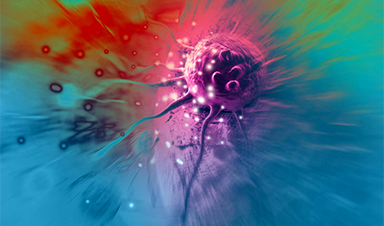

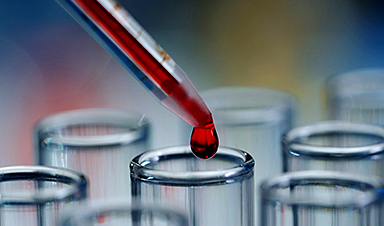


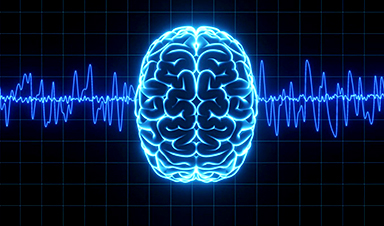

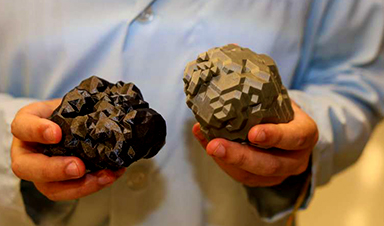
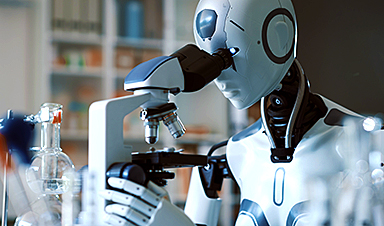

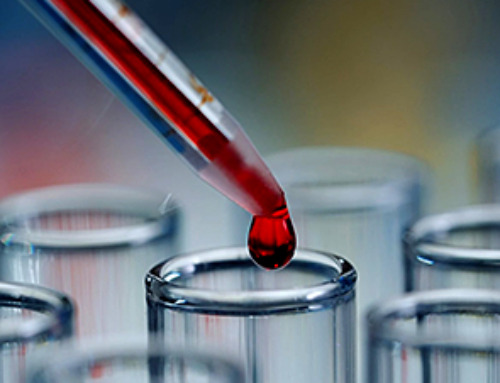

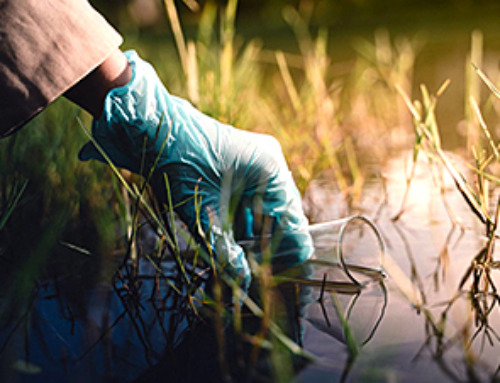
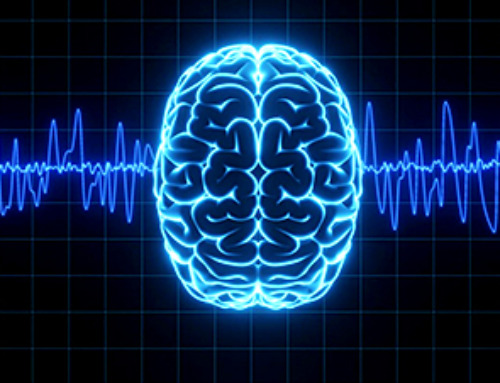
Leave A Comment